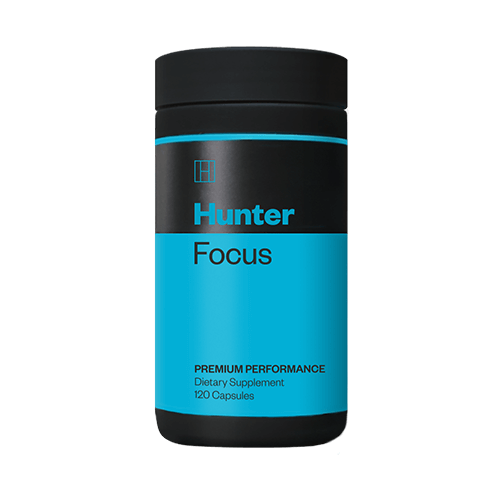Nature Knows and Psionic Success
God provides
Hearables Will Monitor Your Brain and Body to Augment Your Life
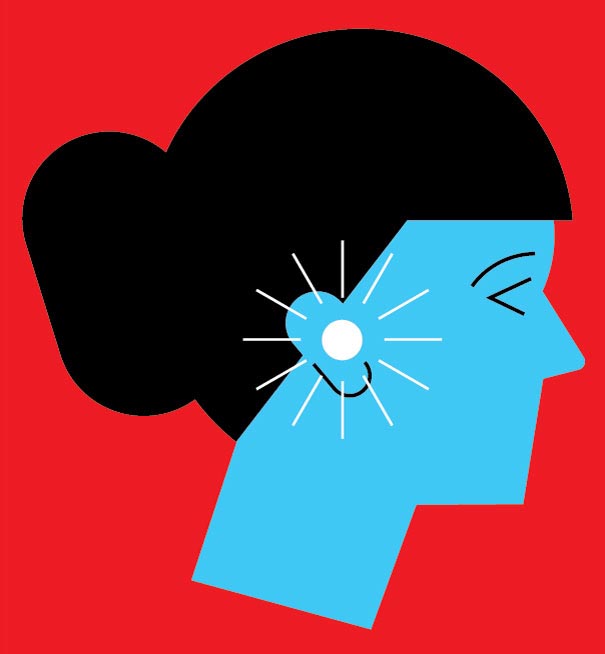
Illustration: Anders Wenngren The eyes, it’s been said, are windows to the soul. I’d argue that the real portals are the ears. Consider that, at this very moment, a cacophony of biological conversations is blasting through dime-size patches of skin just inside and outside the openings to your ear canals. There, blood is coursing through your veins, its pressure rising and falling as you react to stress and excitement, its levels of oxygen changing in response to the air around you and the way your body is using the air you breathe. Here we can also detect the electrical signals that zip through the cortex as it responds to the sensory information around us. And in that patch of skin itself, changing electrical conductivity signals moments of anticipation and emotional intensity. The ear is like a biological equivalent of a USB port. It is unparalleled not only as a point for “writing” to the brain, as happens when our earbuds transmit the sounds of our favorite music, but also for “reading” from the brain. Soon, wearable devices that tuck into our ears—I call them hearables—will monitor our biological signals to reveal when we are emotionally stressed and when our brains are being overtaxed. When we are struggling to hear or understand, these gadgets will proactively help us focus on the sounds we want to hear. They’ll also reduce the sounds that cause us stress, and even connect to other devices around us, like thermostats and lighting controls, to let us feel more at ease in our surroundings. They will be a technology that is truly empathetic—a goal I have been working toward as chief scientist at Dolby Laboratories and an adjunct professor at Stanford University . How will future generations of hearables make life better? I’ve envisioned many scenarios, […]
Heartbeat predicts errors in expert pianists

Summary: Changes in heart rate help the brain predict when a musician is about to make an error, researchers discover. Source: Goldsmiths University of London Working with professional pianists and experienced piano students from London conservatoires, Dr Maria Herrojo Ruiz and colleagues found that the brain receives crucial information from the heart before an error in playing occurs. This information helps the brain predict the occurrence of an upcoming error and adapt behaviour accordingly. For pitch errors, the researchers found that the heart’s inter-beat interval immediately preceding an error was larger than the previous inter-beat interval. The researchers also looked at how the heart’s natural beating cycle influences how well the brain responds in predicting and processing errors. The brain was better at predicting errors when the heart was contracting and pumping blood into the arteries (cardiac systole) than when the ventricles were relaxed and filled with blood (cardiac diastole), their study concluded. Detecting errors during any type of performance is necessary to make corrections and improve our performance next time we try it. For the first time, this study shows how, in expert musicians, detection of errors relies on integrating information from our environment (body movements used in performing and the sound they produce on a musical instrument) alongside cues from inside our body, such as heart rate activity. The research suggests that highly skilled musicians might be trained to listen to their whole bodies during performance to minimise or eliminate mistakes. A report of the research was published online in the journal NeuroImage on Tuesday 30 April. Prior research had found that simple mistakes trigger changes in autonomous nervous system activity, such as a slowing of the heartbeat or pupil dilation following errors, but the role of the body’s internal signals in error monitoring during trained movements, […]
The Medicinal Plants and Adaptogens You Should Be Eating
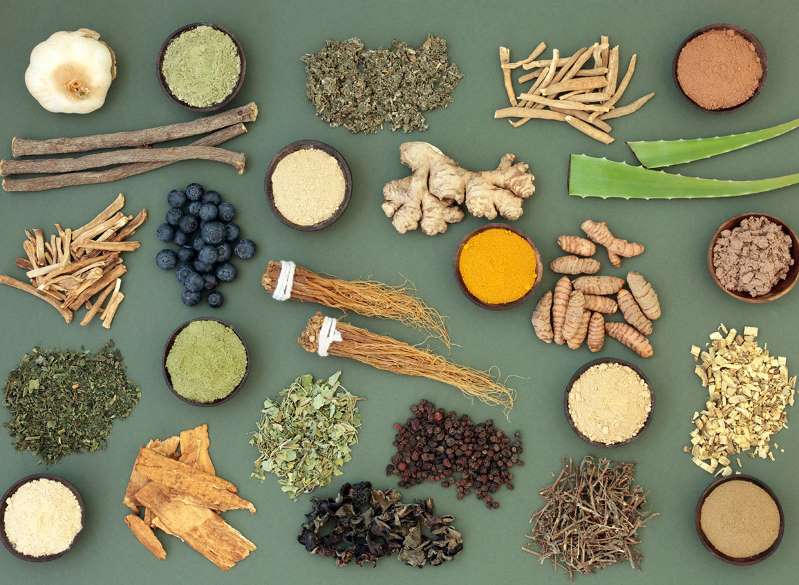
Follow any health and wellness account on social media, and chances are you’ll skim a caption or two raving about the medicinal powers of what are called adaptogens. Sound familiar? The word is almost as trendy as the herbs it refers to—and equally as confusing. To clear the smoke, we’re breaking down what exactly these magical plants are, and if you should be taking them, too. And if you’re looking for another helpful guide, make sure you check out. What are adaptogens, and what do they do? According to The Plant-Powered Dietitian, Sharon Palmer, MSFS, RDN, adaptogens are botanicals and herbs that originated in Ayurveda, the ancient Indian medicine practice. In this Eastern traditional system, it is believed that health is rooted in the mind, body, and soul. “It involves what you eat, as well as when, how, and why you eat, and uses diet, yoga, herbs, and spices to restore balance with the body,” Palmer says, adding that adaptogens are said to balance hormones and combat stress and fatigue. However, most of the claims about adaptogens being natural healers are made based on personal experience. Scientifically, there isn’t a lot of concrete evidence to support them. “Small studies have shown that some adaptogens can lower cortisol, the hormone released during stress,” Palmer explains, “but this issue is very complex. Our hormones are very complex, and the idea of “balancing them” by taking a supplement is not well founded in science.” Though more research needs to be done on the subject, research experts have collected exemplify adaptogens’ abilities to improve the body’s natural response to stress, as well as help maintain balance in the body, and provide protection against stress responses like fatigue, depression, inflammation, and even disease long-term, adds Dr. Josh Axe, D.N.M., C.N.S., D.C., founder of Ancient […]
Embracing Immersive Design

Paul Erickson describes a design concept that focuses on mental and emotional well-being. Protected outdoor patios and terraces like that at Germantown Milestone Station 34 in Montgomery County, MD, can provide important breakout space for privacy, decompression, stress reduction and emotional rejuvenation. The call of firefighting and emergency response is dangerous business. Beyond the occupational risks of physical injury or death in the line of duty, firefighters also face serious health threats from elevated and frequent exposure to carcinogens and toxic chemicals brought back to the firehouse from the fireground. Recent trends built around Hot Zone Design strategies are now re-shaping the way architects and fire departments approach contaminant control within the station. Just as important, however, is the need for similar revolutionary thinking to address another quiet crisis—the equally insidious mental and emotional health threats that challenge the well-being of our emergency responders. The Ruderman White Paper on Mental Health and Suicide of First Responders (2018) summarized the issue: “First responders witness horror on a daily basis. These men and women, including firefighters, law enforcement personnel, and EMS workers, have front row seats to the horrendous aftermath of natural disasters, terrorist attacks, violent domestic disputes, traffic accidents, and more. Many first responders have military experience, and therefore their experiences as first responders pile onto a career that is already rife with trauma. Constant exposure to death and destruction exerts a psychological toll on first responders, resulting in post-traumatic stress disorder (PTSD), substance abuse, depression, and even suicide.” A source of hope Emergency responders are not alone as professionals in facing traumatic workplace experiences. Medical and healthcare providers also experience daily trauma in dealing with injuries, illnesses and death in the care of their charges. Moreover, patients, victims, families and loved ones also struggle with emotional and mental trauma […]
10 Amazing Online Courses You Can Sign Up For in May 2019

The internet is a near-limitless resource of information and knowledge, but it’s not always easy to consolidate all of that into a structured educational experience. That’s why online courses can be a huge benefit. They offer the convenience of learning in your pajamas with the guidance of the kind of formal curriculum you’d find in a college class. If you want to acquire a new skillset or become more proficient in a topic this May, there is no shortage of options, with sites like Udemy , Coursera , and edX offering a wide array of subjects. Best of all, most are free, with a fee charged only if you request proof of completion. We’ve narrowed down 10 of the best, including courses on cats, medieval magic, creativity, and more. 1. How to Argue Like a Pro When you find yourself contesting another person’s reasoning—or someone is contesting your own—it helps to understand how to navigate contentious dialogue. This Duke University course led by philosophy professors Walter Sinnott-Armstrong and Ram Neta will teach you how to deconstruct an argument and identify key phrases when challenging someone’s opinion. You’ll also learn how to mount effective reasoning of your own. Sign up on Coursera for free. The optional certificate costs $30. 2. Learn to Wield Medieval Magic Revise your stereotypes of magic in the Middle Ages with this course from the Universitat de Barcelona that dives into spells, geomancy, and astrology in medieval Europe, exploring how society alternately revered and persecuted alleged spell-casters. Disclaimer: There’s no extra credit for turning your significant other into a toad. Sign up on Coursera for free. The optional certificate costs $49. 3. Communicate With Your Cat (and Craft Homemade Toys) Cats are inscrutable creatures, prone to fits of adoration and violence in equal measure. Now you […]
The Medicinal Plants and Adaptogens You Should Be Eating
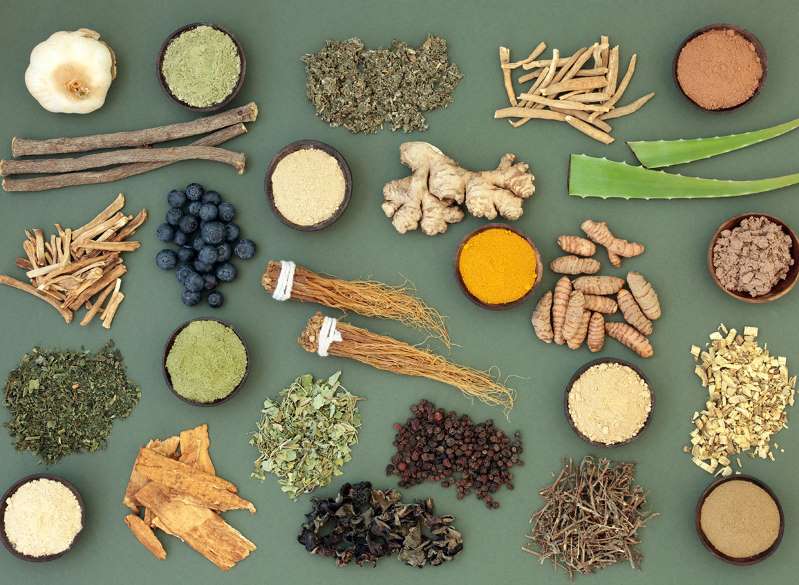
Follow any health and wellness account on social media, and chances are you’ll skim a caption or two raving about the medicinal powers of what are called adaptogens. Sound familiar? The word is almost as trendy as the herbs it refers to—and equally as confusing. To clear the smoke, we’re breaking down what exactly these magical plants are, and if you should be taking them, too. And if you’re looking for another helpful guide, make sure you check out. What are adaptogens, and what do they do? According to The Plant-Powered Dietitian, Sharon Palmer, MSFS, RDN, adaptogens are botanicals and herbs that originated in Ayurveda, the ancient Indian medicine practice. In this Eastern traditional system, it is believed that health is rooted in the mind, body, and soul. “It involves what you eat, as well as when, how, and why you eat, and uses diet, yoga, herbs, and spices to restore balance with the body,” Palmer says, adding that adaptogens are said to balance hormones and combat stress and fatigue. However, most of the claims about adaptogens being natural healers are made based on personal experience. Scientifically, there isn’t a lot of concrete evidence to support them. “Small studies have shown that some adaptogens can lower cortisol, the hormone released during stress,” Palmer explains, “but this issue is very complex. Our hormones are very complex, and the idea of “balancing them” by taking a supplement is not well founded in science.” Though more research needs to be done on the subject, research experts have collected exemplify adaptogens’ abilities to improve the body’s natural response to stress, as well as help maintain balance in the body, and provide protection against stress responses like fatigue, depression, inflammation, and even disease long-term, adds Dr. Josh Axe, D.N.M., C.N.S., D.C., founder of Ancient […]
Differentiating Between Myths And The Truth About Nootropics

Have you heard the term “smart pills” or “smart drugs”? If you have, those terms were simply being used to describe Nootropics. But are they really smart pills? Do these drugs or any other ones for that matter make anyone smarter? These are some of the questions we will be attempting to answer as we try to differentiate between the myth and truth of these substances known as Nootropics . What Are Nootropics? Nootropics is a word used to describe supplements, drugs, and any substances that in one way or another helps improve memory, motivation, creativity, and other cognitive functions of the brain , especially those that have to do with execution. The term “Nootropics” was coined by Dr. Corneliu E. Giurgea and he set out a list of specifications that a drug or supplement must meet for it to be regarded as a Nootropic. These specifications include: Ability to improve memory. Ability to help the brain function even when conditions are not right. Increase the efficiency of the mechanisms that control neuronal firing. Possess the ability to shield the brain from physical and chemical assaults. Be non-toxic and have little or no side effects. While a lot of the drugs passed around as Nootropics do not by a long stretch possess all these features, they possess a number of them. What Exactly Do they Do? The Nootropic or smart pill industry is worth over $2billion today and is expected to be worth over $11billion by 2024. With the increasing demand for performance at different levels, more and more folks are looking for ways to give themselves that required edge. This includes students, professionals, athletes and more. This explains the increased and increasing demand for these drugs or supplements. So what do these drugs or supplements actually do? These […]
7 Great Reasons to Walk More
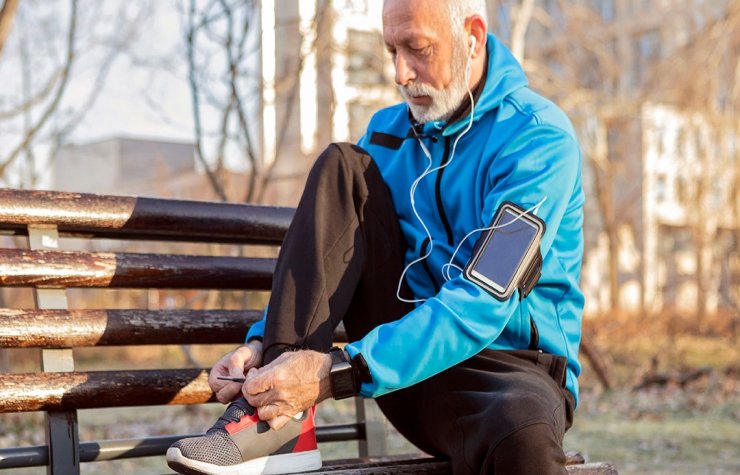
GETTY IMAGES You want to do it. You’ve been meaning to do it. So why are you blowing off those walks that you know can be so important to your health? Not anymore. We’ve got a stick-with-it strategy that can’t miss: Give yourself a really good reason to get out there and you’re a lot more likely to make the time. Here are seven. 1. You want to be around to see your grandkids get their (college) diploma. Want to keep adding candles to that birthday cake? Researchers at Brigham and Women’s Hospital have found that as little as 15 minutes of physical activity a day (yep, you read that right) can boost your life span by three years. What’s more, researchers at Brigham Young University who examined DNA samples of nearly 6,000 adults found that exercisers had a “biological age” that was about nine years younger than their couch-potato counterparts! And the good new keeps coming. A study published in the American Journal of Preventive Medicine, of almost 140,000 people with an average age of 69, found all levels of walking — even levels below the recommended guidelines of at least 150 minutes of moderate activity each week — were associated with a lower mortality risk, compared with no activity at all. If you’re feeling like it’s too late for you to reap such benefits, know this: A study recently published in the International Journal of Stroke showed those who became fit later in life (ages 40 to 59) cut their risk of a potentially deadly stroke in half. 2. You want to keep kicking butt at Scrabble. It’s not a stretch to say that just a little walking (or other aerobic activities) grows your brain. Researchers have found that regular aerobic exercise appeared to increase the size […]
The emperor’s cut: A C-section saved my life and my baby’s life
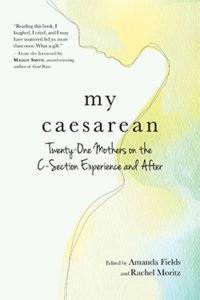
What I knew before All through my pregnancy I said I wanted a natural birth. No drugs, no machines, minimal intervention. I wanted to give my baby a pure beginning—the purest beginning possible, unpolluted by chemicals. “Why? Why put yourself through that?” my husband demanded. “There’s nothing wrong with taking something for the pain. If it was me, I’d be the first one in line.” We fought about it. Our arguments were all about the epidural. We never once argued about a C-section. Chances that I’d need one seemed remote. My mom had five kids. Her mom had seven. My dad’s mom had ten. None by caesarean. Green light! I also argued passionately with one of my best friends. She tried to explain that there was a really good reason why epidurals were invented. That they were beneficial and not at all to be sneered at. In my arrogance, I shrugged off her good sense; in my ignorance, I couldn’t really picture what kind of help someone else could give me. At that point, I still believed that birth was ultimately a one-person job. I thought if I controlled it all, nothing bad could happen. Nobody would have the chance to get in there and fuck things up. Because even though they say there’s no harm in having an epidural, who really knows? Mistakes happen. What if there is an overdose? An allergic reaction? Some other tragic accident? No thank you. Better safe than sorry. My plan was to just let that baby sail out and let Nature take care of things. In my defense, there are a lot of stories out there about exactly that kind of birth. I even talked to women, in person, who said they had that kind of birth: incredible, awe-inspiring, full of joy. […]
How to turn your cottage walk into a stress-reducing “forest bath”

Most cottagers understand the calming power of trees. That moment when you arrive and step out of the car, breathing in the aroma of pine and spruce, or stretch out in a hammock, watching the golden cottonwood leaves tremble against a deep blue autumn sky, is cathartic. Canadians are forest people at heart—with 979 million hectares, or 40 per cent of our country’s landscape, forested—and we seem hardwired to find solace in the woods. The practice of Forest Bathing is growing in popularity around the world as more trained outdoor guides offer this kind of mindful meditation while walking in the woods. Also known as the art of the Japanese forest therapy, or shinrin-yoku , it is recognized in Japan as an important relaxation and stress management technique, and is part of the country’s preventative medicine regime. Scientists have now quantified that relaxing feeling you get while surrounded by tall trees. Under their canopy, real healing can occur, especially when forest bathing becomes a regular practice. They’ve also warned that when we stop spending time outdoors, we suffer both physically and mentally from a syndrome dubbed “nature deficit disorder”. Children are particularly vulnerable as the rapid changes in technology and social media pull them further from the natural world every day. In his book Forest Bathing: How Trees Can Help you Find Health and Happiness , Dr. Quin Li, an associate professor at the Nippon Medical School in Tokyo, outlines the work that has been done by the Japanese government to study the effect of forest bathing on human health. I recently went on a guided walk through the impressive old growth forests around Qualicum Beach, 150 km north of Victoria with Ronda Murdock and her husband Gary, who run Pacific Rainforest Adventure Tours on Vancouver Island. Ronda is […]
Putting down your phone may help you live longer. Seriously.

If you’re like many people, you may have decided that you want to spend less time staring at your phone. It’s a good idea. An increasing body of evidence suggests that the time we spend on our smartphones is interfering with our sleep, self-esteem, relationships, memory, attention spans, creativity, productivity and problem-solving and decision-making skills. But there is another reason for us to rethink our relationships with our devices. By chronically raising levels of cortisol, the body’s main stress hormone, our phones may be threatening our health and shortening our lives. Until now, most discussions of phones’ biochemical effects have focused on dopamine, a brain chemical that helps us form habits – and addictions. Like slot machines, smartphones and apps are explicitly designed to trigger dopamine’s release, with the goal of making our devices difficult to put down. This manipulation of our dopamine systems is why many experts believe that we are developing behavioural addictions to our phones. But our phones’ effects on cortisol are potentially even more alarming. Cortisol is our primary fight-or-flight hormone. Its release triggers physiological changes, such as spikes in blood pressure, heart rate and blood sugar, that help us react to and survive acute physical threats. These effects can be lifesaving if you are actually in physical danger – like, say, you’re being charged by a bull. But our bodies also release cortisol in response to emotional stressors where an increased heart rate isn’t going to do much good, such as checking your phone to find an angry email from your boss. Any time you check your phone, you’re likely to find something else stressful waiting for you. If they happened only occasionally, phone-induced cortisol spikes might not matter. But the average American spends four hours a day staring at their smartphone and keeps […]
What are the early signs of dementia?

Dementia is a term that describes a variety of symptoms affecting a person’s cognitive functioning, including their ability to think, remember, and reason. It tends to get worse over time, so there are a few key early warning signs. Dementia occurs when nerve cells in a person’s brain stop working. Although it typically happens in older people, it is not an inevitable part of aging. The brain’s natural deterioration happens to everyone as they grow older, but it occurs more quickly in people with dementia. There are many different types of dementia. According to the National Institute on Aging, the most common is Alzheimer’s disease. Other types include: Lewy body dementia frontotemporal dementia vascular disorders mixed dementia, or a combination of types There are 10 typical early signs of dementia. For a person to receive a diagnosis, they would usually experience two or more of these symptoms, and the symptoms would be severe enough to interfere with their daily life. These early signs of dementia are: 1. Memory loss Memory loss is a common symptom of dementia. A person with dementia may find it difficult to recall information they have recently learned, such as dates or events, or new information. They may find they rely on friends and family or other memory aids for keeping track of things. Most people occasionally forget things more frequently as they age. They can usually can recall them later if their memory loss is age-related and not due to dementia. 2. Difficulty planning or solving problems A person with dementia may find it difficult to follow a plan, such as a recipe when cooking, or directions when driving. Problem-solving may also get more challenging, such as when adding up numbers to paying bills. 3. Difficulty doing familiar tasks A person with dementia may […]
Emerging Research Suggests Lion’s Mane a Weapon Against Dementia
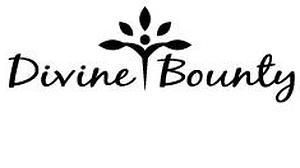
Divine Bounty Lion’s Mane could be an excellent choice for individuals who want to experience the natural remedy’s brain-health benefits. ( Newswire.net — April 30, 2019) Orlando, FL — In the United States, experts reveal that there is a minimum of 5 million individuals living with age-related dementias. It is important to remember that this condition is not only prevalent in the U.S., but also in many areas around the globe. Reports reveal that it has 7.7 new diagnosis per year. Globally, there are 47.5 million people living with dementia. Health authorities warn that it could significantly increase dependency as well as mental impairment in the elderly. Reports further show that about 70 percent of all dementia cases are due to Alzheimer’s disease. The prevalence of this condition is expected to rise with the increase in life expectancies in the upcoming years. By 2030, it is estimated that dementia rates will soar as high as 75.6 million cases, and by 2050 an alarming 135.5 million.As dementia rates continue to skyrocket, it is worth learning that some natural remedies have been studied due to their powerful brain health benefits. Lion’s mane is one of these natural ingredients, and this mushroom has been found to possess various therapeutic agents. Some studies have shown it has neuroprotective, cognitive-decline-fighting, nerve repairing, blood-pressure lowering, cardiovascular-health enhancing, anti-inflammatory, immunity-boosting, cholesterol-regulating, and weight management properties. Preclinical studies reveal that lion’s mane slowed down or reversed the progression of Alzheimer’s disease. In animal studies, its use even increased the levels of nerve growth factor and enhanced short term memory. It is important to realize that the NGF has an ability to induce the growth and proliferation of sympathetic and sensory neurons. Some researchers further suggest it aids with preventing neurodegenerative disease such as AD. Scientists carried out […]
Harvard, MIT share $9 million gift to study marijuana’s health effects

AFP/Getty Images An investor in the cannabis industry has donated $9 million to Harvard and MIT to study the drug’s health effects, in what the institutions describe as the largest private gift to support marijuana research. The Broderick Fund for Phytocannabinoid Research, announced Tuesday morning, will be shared equally by Harvard Medical School and the Massachusetts Institute of Technology, with the goal of filling vast gaps in the understanding of how marijuana affects the brain and behavior. “The lack of basic science research enables people to make claims in a vacuum that are either anecdotal or based on old science,” said the donor, Charles R. “Bob” Broderick, an alumnus of both universities. “For generations we haven’t been able to study this thing for various sorts of societal reasons. That should end now, as well as the prohibitions that are falling around the world.” Broderick has invested heavily in the booming marijuana business, starting in Canada in 2015 and more recently the United States, through his family-run Uji Capital . Although Broderick stands to profit if the studies find benefits from marijuana, the universities and the researchers said the donor will have no say in the work process or its results. They also pledged to publish their findings even if they find marijuana doesn’t help or causes harm. Broderick recalled the first time he raised the idea of funding cannabis research with a Harvard development officer: “There was silence on the other end. Then she said, ‘I don’t think we do it.’ And I said, ‘That’s the problem.’ ” The official soon called back to say that Harvard researchers studying brain chemicals would be interested in examining marijuana’s effects. Dr. Igor Grant, a longtime California marijuana researcher who is not involved with the Harvard-MIT project, said the grant “will really […]
So You’re in a Reading Slump, Now What?
Perhaps this has happened to you.. You know those books staring at you from your to-be-read list or reading shelf sounded good at some point, but right now, they just seem like work. Yet, you know that you should be reading, especially if you are someone who teaches reading and so you grab one, read a few pages and pretty quickly lose interest. You grab another one, only to lose interest again. The story repeats until your phone pleasantly dings and you find yourself surfing mindlessly, doing everything but reading longer texts, feeling the guilt build up. Or perhaps you finished the most incredible book and now every other book pales in comparison. Or perhaps you started an amazing series where the first book was thrilling but now on the second, or third, or fourth, it just seems to be dragging on. Or perhaps you see that book that is okay staring at you, but you just can’t seem to find the time to actually read it and as the days drag on so does your memory of what actually happened. Whatever the case, if you have found yourself in one of these situations (or many of them as I have), you have found yourself ina reading slump. Perhaps life has gotten in the way. Perhaps your energy level is just not there. Perhaps it just doesn’t seem like there are any great books out there. Whatever the case may be, this slump is one that you can get out of it, it just may take a few tries. First things first; identify what is causing the slump. Is it work getting in the way? Is it lack of energy? Is it that you cannot seem to find another great book? Finding the cause can help you navigate out. […]
What are adaptogens, and what do they do?
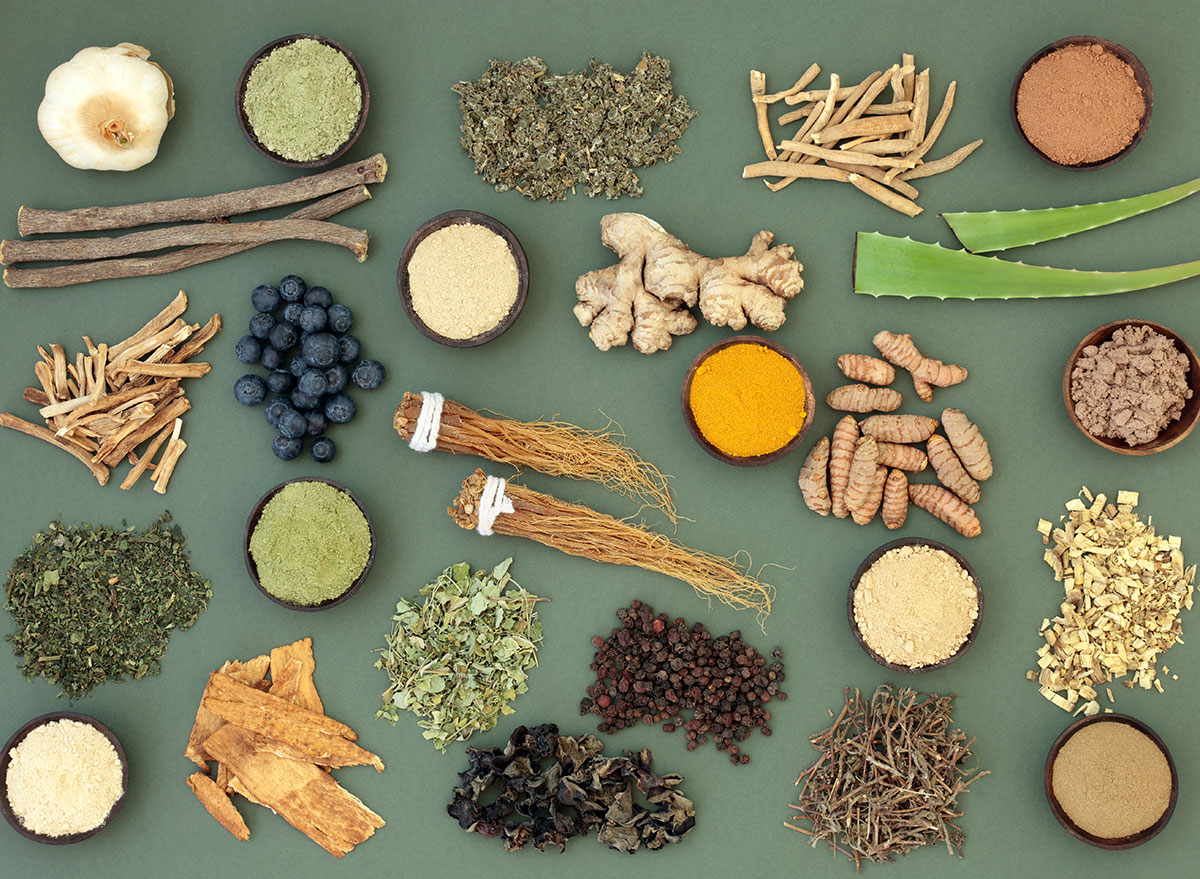
Follow any health and wellness account on social media, and chances are you’ll skim a caption or two raving about the medicinal powers of what are called adaptogens . Sound familiar? The word is almost as trendy as the herbs it refers to—and equally as confusing. To clear the smoke, we’re breaking down what exactly these magical plants are, and if you should be taking them, too. According to The Plant-Powered Dietitian, Sharon Palmer , MSFS, RDN, adaptogens are botanicals and herbs that originated in Ayurveda, the ancient Indian medicine practice. In this Eastern traditional system, it is believed that health is rooted in the mind, body, and soul. “It involves what you eat, as well as when, how, and why you eat, and uses diet, yoga, herbs, and spices to restore balance with the body,” Palmer says, adding that adaptogens are said to balance hormones and combat stress and fatigue. However, most of the claims about adaptogens being natural healers are made based on personal experience. Scientifically, there isn’t a lot of concrete evidence to support them. “Small studies have shown that some adaptogens can lower cortisol, the hormone released during stress,” Palmer explains, “but this issue is very complex. Our hormones are very complex, and the idea of “balancing them” by taking a supplement is not well founded in science.” Though more research needs to be done on the subject, research experts have collected exemplify adaptogens’ abilities to improve the body’s natural response to stress, as well as help maintain balance in the body, and provide protection against stress responses like fatigue, depression, inflammation, and even disease long-term, adds Dr. Josh Axe, D.N.M., C.N.S., D.C., founder of Ancient Nutrition , DrAxe.com , and author of the best-selling book Keto Diet . “When your body undergoes any type […]
The healing power of touch

“Touch has a memory.” ~ John Keats Who doesn’t love a big warm hug, a long luxurious massage or some intimate time with a partner? But beyond making you feel good, how important is it to experience touch in your everyday life? The answer is that appropriate and loving touch is not only important to your physical, mental and emotional development but is essential to life itself. Your skin is the largest organ in your body and your sense of touch develops in the womb before all the other senses. Touch is the main way infants learn about their environment and bond with other people. This sense of touch never turns off, it never takes a break and it keeps on going long after your other senses have failed in old age. The research on the benefits of touch through massage is now fairly widespread. Massage has been found to calm the nervous system, lower blood pressure and stress hormones, and reduce pain and depression. In a summary of research on massage, Professor Marc Cohen from RMIT University found it assists with nausea, low back pain, chronic diseases, anxiety, depression, post-natal depression, fibromyalgia, insomnia and dementia, for starters. But most people are unaware of just how far beyond this the benefits of touch extend. The influence of touch begins even before birth when a foetus begins receiving tactile signals through the amniotic fluid from the vibration of its mother’s heartbeat. After birth, according to attachment theory, if a baby or child does not receive enough appropriate touch, there’s a lack of bonding, resulting in a lack of trust and problems in forming attachments later as adults. Yet the need for touch in infancy goes even deeper than this. Touch is essential for not only a healthy attachment bond between […]
Two months after de-platforming the Health Ranger, Twitter bans James Woods for exposing the treason of the deep state coup against Trump
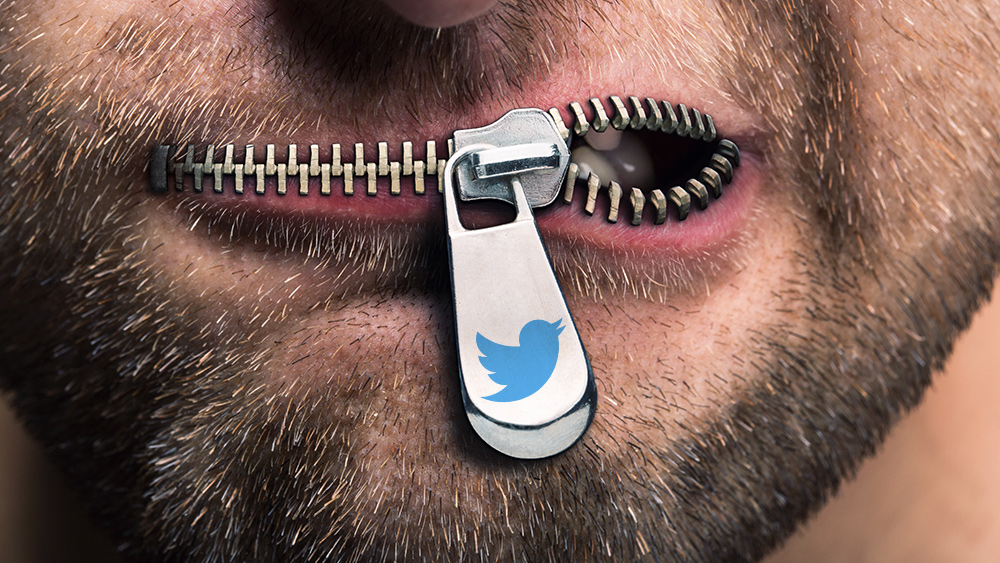
( Natural News ) Two months after Twitter’s mentally ill CEO Jack Dorsey de-platformed the @HealthRanger channel for no reason whatsoever, Twitter has now banned James Woods for exposing the treasonous actions of the deep state’s attempted illegal coup against President Trump. Via TheGatewayPundit : Twitter is at it again. Twitter banned conservative actor James Woods over the weekend for paraphrasing American essayist, poet and philosopher Ralph Waldo Emerson, for “abusive behavior.” James Woods tweeted, “If you try to kill the King, you better not miss.” #HangThemAll – similar to a quote from an essay Emerson wrote on Plato: “When you strike at a king, you must kill him.” Fellow conservative actor Adam Baldwin tweeted a screenshot of the message Twitter sent James Woods. “You may not engage in the targeted harassment of someone, or incite other people to do so. We consider abusive behavior an attempt to harass, intimidate, or silence someone else’s voice,” Twitter’s messaged stated. Oh the irony. Cartoonist Ben Garrison blasted Twitter CEO Jack Dorsey. Twitter previously banned James Woods shortly before the 2018 midterms over a satirical meme that could impact the election. Twitter regularly bans conservatives for no reason, yet the social media company has no problem with the tens of thousands of tweets threatening to assassinate President Trump. Twitter CEO Jack Dorsey is a mentally ill lunatic with far too much power over the “public conversation” What’s clear in all this is that Twitter CEO Jack Dorsey is a mentally ill lunatic who’s probably suffering from all sorts of nutrient deficiencies that have caused his brain to malfunction. He follows a strange, soy-heavy diet that’s no doubt loaded with GMOs and glyphosate weedkiller chemicals. He exploits and abuses his position as the CEO of Twitter to selectively ban whatever voices he doesn’t […]
Expert Advice: How to Practice – a Guide by Musicians, for Musicians

There’s a picture of me, when I was about six years old, sitting down to play the piano for the first time… I’m sitting on the bench with my dad, and I’m pointing eagerly at one of the keys. My dad has that expression of light impatience that he got whenever he was trying to teach me something and I wasn’t listening. There’s no music on the piano––just my dad, teaching me music, while I can’t wait to bang out some notes loudly and obnoxiously on this new object in front of me. I had no idea, 14 years ago, what would result out of that moment. I had no idea that I would gravitate toward other instruments, learning five in total. I had no idea that I would end up playing shows in high school. I had no idea that, at 18 years old, I would last minute wind up wanting so badly to be a music major in college, instead of political science or education, like my parents wanted. It became so clear that music was what I was meant to do. There was just one problem: I had to audition. I thought I was good to go. I thought I was as prepared as I could have been. Music is what I’m passionate about, so there’s no way they won’t let me in, my brain told me. Guess what? I didn’t get in. I was devastated. I wanted so badly to get in. I knew it was what I was meant to do, and I had flubbed it. I realized my problem wasn’t with my passion, it was in my practice. I had fallen off my habit of practice. I didn’t have any concrete strategies that I could fall back on and use to improve my […]
